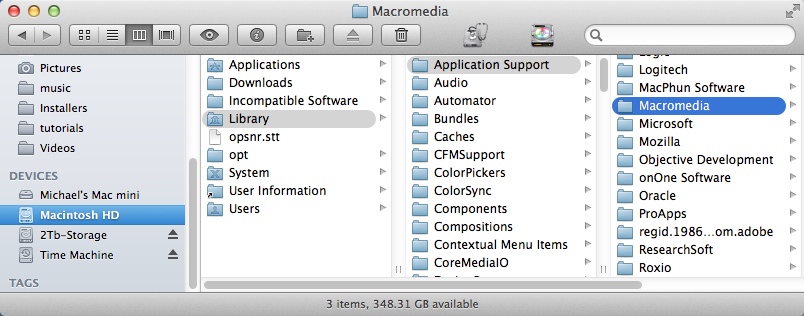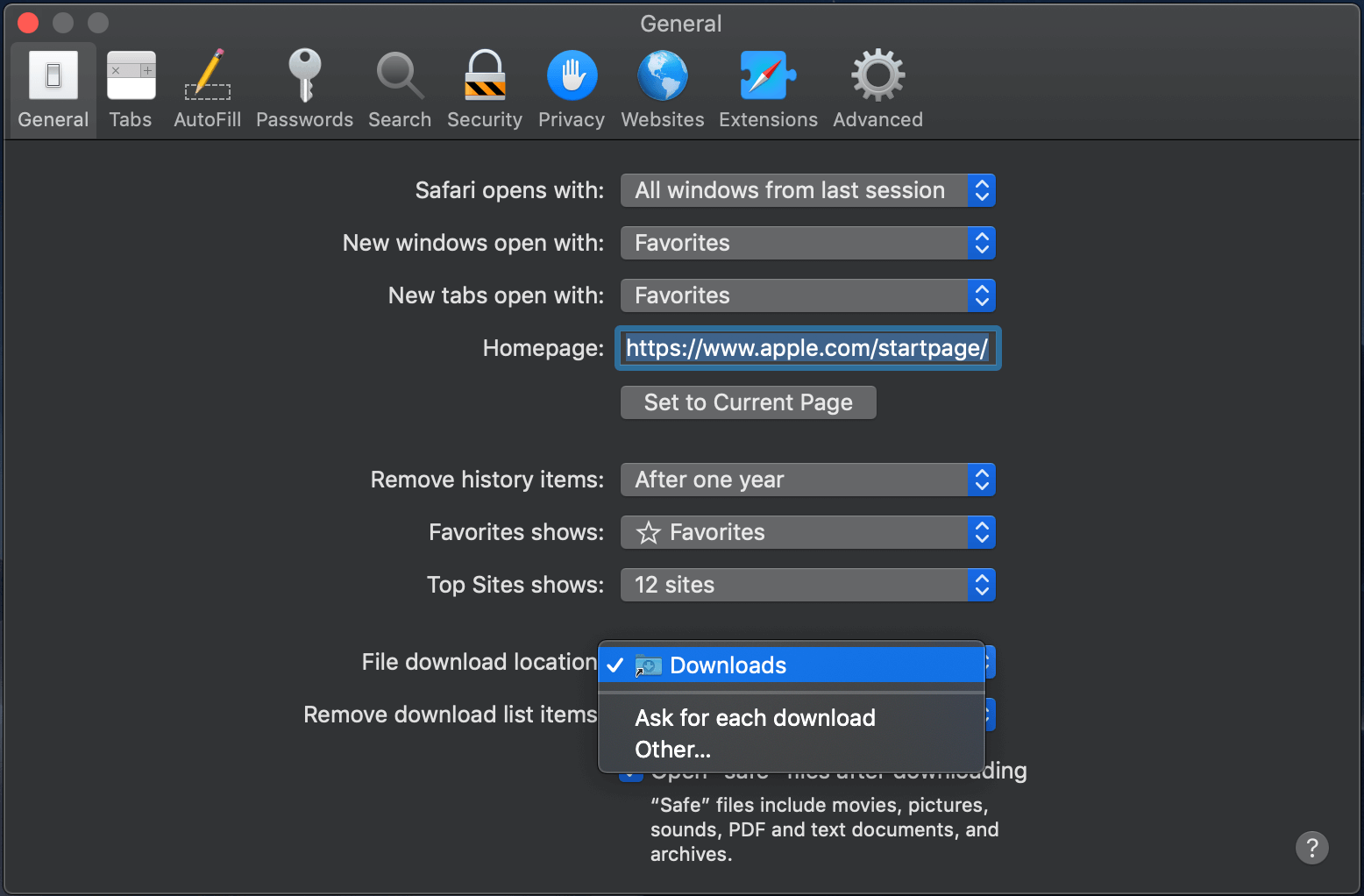How to Restore Files from Trash on Mac. The way many people use to delete files on Mac is dragging and dropping them to the trash bin directly. If you accidentally deleted files in this way, then you can simple to recover deleted files from trash on Mac.
Frequently Asked Questions
The Mac’s Recycle Bin is a special folder that temporarily holds deleted files so you can recover them easily. It’s the first place to look when you discover you are missing an important file. Simply click on the Trash to open the folder. Right-click on the selected file and choose Put Back to restore it to its original location.
You can also use the free data protection tools available in the trial version of Disk Drill. Guaranteed Recovery and Recovery Vault can quickly recover protected files and folders without the need for a full recovery process.
To recover deleted files from an emptied Mac Trash Bin:
- Download, install and launch Disk Drill. Don’t use the disk or partition that contains the Trash Bin.
- Select the disk where the Trash Bin is located.
- Click the Recover button to start scanning the drive for recoverable data.
- Choose the files to retrieve and click the Recover button.
Here’s how to recover deleted files from the Trash without software:
- Connect the storage media with your Time Machine backups to your Mac.
- Open a window that contained the deleted data.
- Choose Enter Time Machine from the menu bar icon.
- Locate the item to be recovered.
- Press the Space Bar to preview the file.
- Click Restore to recover the item.


If you have not already emptied the Trash Bin you can use the Terminal application to recover deleted files. Use this procedure:
- Open the utilities application.
- Enter the cd .Trash command.
- Type ls to display the files that are in the Trash Bin.
- Use the mv <filename> ../ command to move the designated file from the Trash to the current folder.
Follow these steps to restore files from the Trash to their original locations:
- Click on the Trash Bin icon to review its contents.
- Locate the file or files that you would like to restore.
- Right-click on the items to be restored.
- Select Put Back from the menu to return the file to its original storage location.

Yes, there is a Trash Bin on your external drive. There is a hidden folder in the root directory of every drive named .Trash. Your system’s Finder settings can be modified to allow you to view the hidden folder. The Trash Bin located on an external drive can be used to restore recently deleted files through the command-line interface.
If your Mac says that the file is in use
Should I Keep Dmg Files
- Quit any app that you were using with the file, then empty the Trash.
- If that doesn't work, the app might have one or more background processes that are using the file. Restart your Mac, then empty the Trash.
- If that doesn't work, you might have a startup item or login item that is using the file. To temporarily prevent such items from opening automatically, start up in safe mode by holding down the Shift key while your Mac starts up. Then empty the Trash and restart your Mac normally.
Mac Os Dmg File
If you can't delete the file for other reasons
Dmg File Pc
- Start up from macOS Recovery by holding down Command-R while your Mac starts up.
- When the macOS Utilities window appears, select Disk Utility and click Continue.
- In Disk Utility, select the disk that contains the file that you want to delete. Then use the First Aid feature of Disk Utility to repair that disk.
- Quit Disk Utility, then restart your Mac and empty the Trash.